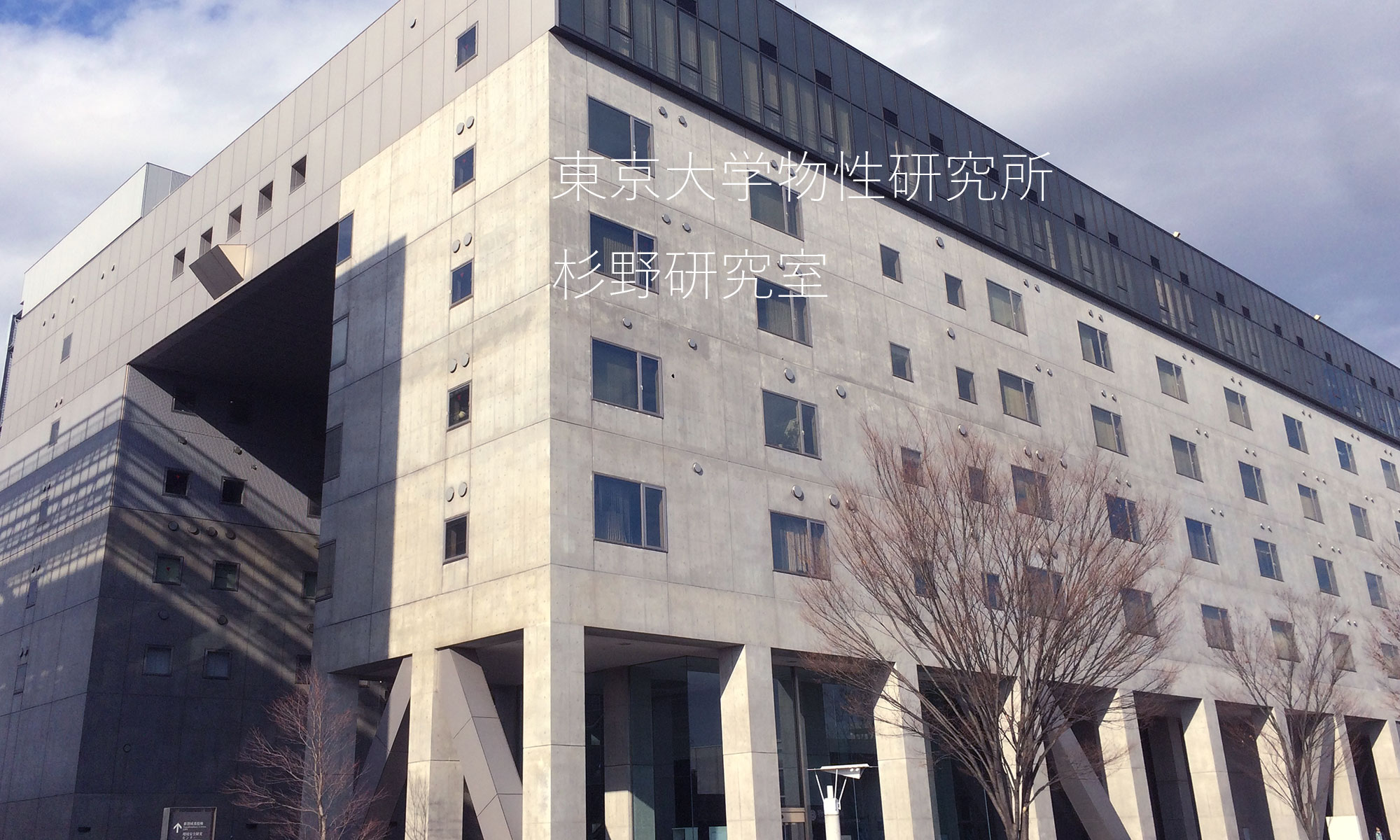Here I show how to install quantum espresso into your ubuntu machine.
1. Prepare build-essential fftw3-dev gfortran
- cd ~
- sudo apt-get install build-essential fftw3-dev gfortran
2. LAPACK
Download package from http://www.netlib.org/lapack/
unpack the tgz file using the command “tar -xzvf”. Then you will see a newly constructed directory lapack-3.6.1
- cd llapack-3.6.1
- cp make.inc.example make.inc
- make blaslib
- make lapacklib
- make tmglib
- sudo cp librefblas.a /usr/local/lib/libblas.a
- sudo cp liblapack.a /usr/local/lib/liblapack.a
- sudo cp libtmglib.a /usr/local/lib/libtmg.a
3. Download quantum espresso from the site
- tar -xzvf qe-6.0.tar.gz
- cd qe-6.0
- ./configure –enable-parallel=no –enable-openmp=yes
- make all
- cd ~
4. Add the line “export PATH=$PATH:/home/username/qe-6.0/bin/” at the end of the file “.bashrc”. Then, type
- source ~/.bashrc
Tutorial for graphene band
To compute the electronic structure, we need to specify the cell geometry and the constituting atoms.
Prepare the input file
This is an input file for graphene.
Note that the Bravais lattice type is 4 (hexagonal) and
a1 = a(1,0,0), a2 = a(-1/2,sqrt(3)/2,0), a3 = a(0,0,c/a).
Here we have two cut-off energies; one for the wave function (namely the KS orbital) and the other for the electron density n(r). We need both when using the ultrasoft PP. We will use C.pz-van_ak.UPF, which can be downloaded from the site http://www.quantum-espresso.org/pseudo-search-results/?el_id=6&unp_id&fun_id&colum_k&origin_id or just by clicking the text.

